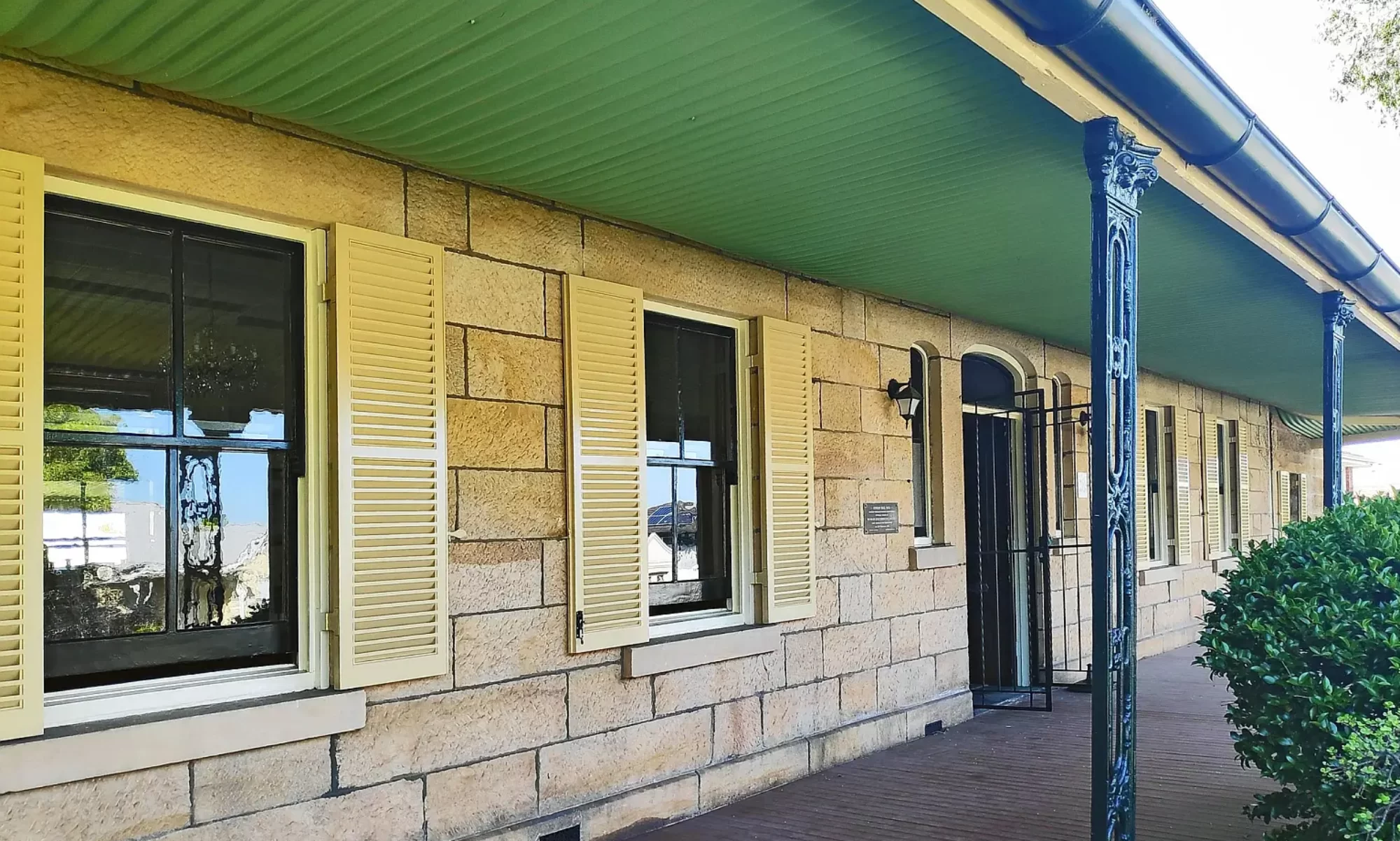Reprinted from the Rockdale Times of April 17, 1947 This account of the early history of Rockdale deals with the period over 70 years ago, when a fine orchard flourished where the Town Hall now rears its proportions; from the Grand Hotel to Bay Street was called “Frog Hollow”, and the oldest Aboriginal at Sans …
Vale John Isaac Swann (1887 – 1963)
The sudden death of the President of the St. George Historical Society, Mr. J. I. Swann, has left in our ranks a large gap which will be extremely difficult to fill. Since its inception some two years ago, Mr. Swann was the driving force and inspiration of this Society. Those of us who were privileged …
Book Review: “The Biggest Estate on Earth: How Aborigines Made Australia” by Bill Gammage
434 pages, published by Allen and Unwin 2011 Review by Laurice Bondfield Most of the history Australian books from Rockdale Library that I’ve so far reviewed have been on the shelves for a few years. This book was published last year, so is quite “hot off the press” by comparison. It is well worth reading …
The Heritage of Bexley
by Kirsten Broderick, Local History Services Coordinator, Rockdale City Library The National Trust runs a heritage festival every year, and every year Rockdale Council tries to participate in some way. This year, Council is holding a range of activities and I was asked to give a talk at Bexley Library focusing on the heritage of …
Reminiscences of 1900s Rockdale
by C. W. Napper I have been requested to present a description of the affairs of Rockdale in the early days of my youth, which, so I have been informed, would be of interest to my fellow members of the St. George Historical Society. On a first things first basis, I must mention that I …

